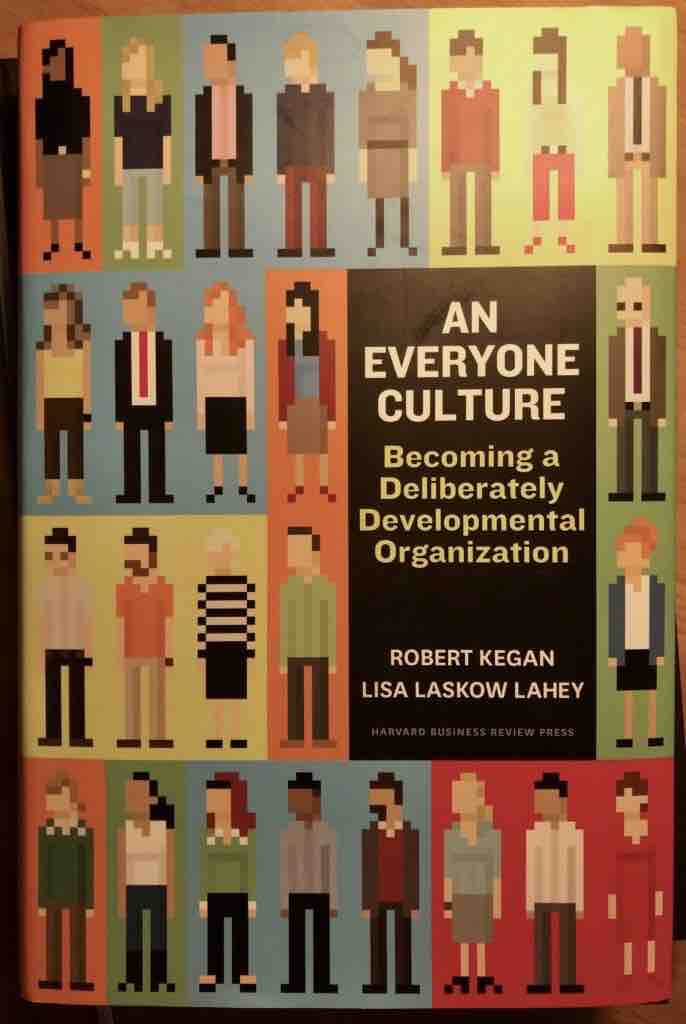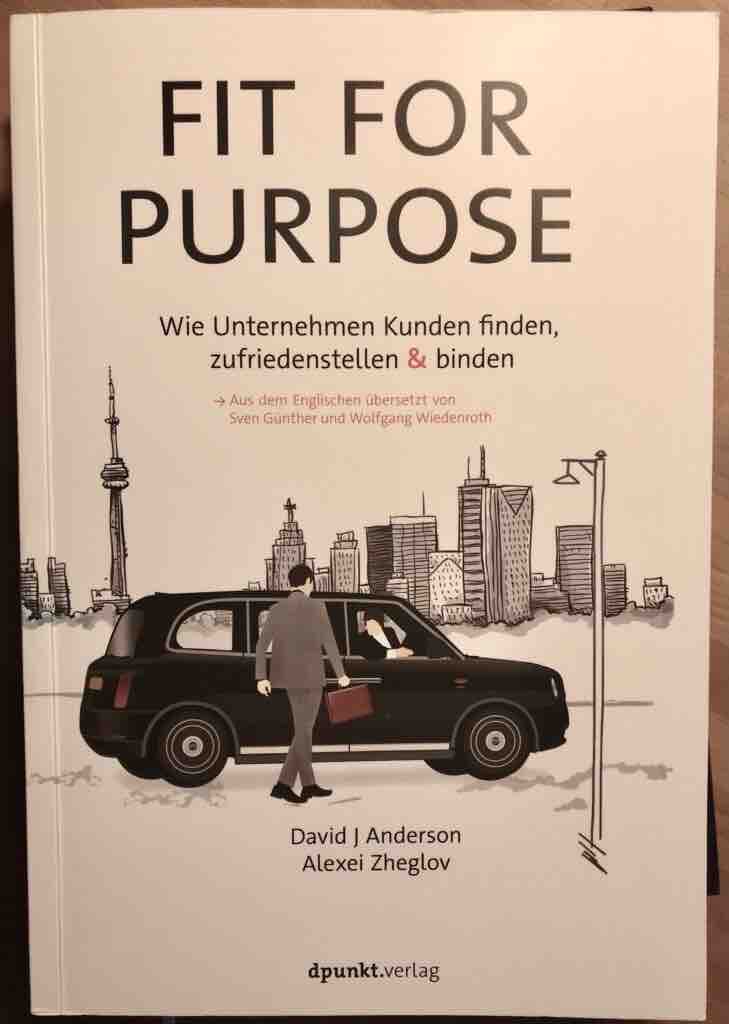Over the last few weeks, I have read one or two books. Out of curiosity, a sense of professional duty or because they were sent to me and recommended. I am giving my opinion on this completely subjective list here. Whether the book is more Back on the shelf or in the display belongs.
Fabian Schaub: How companies can develop people. 2019

Belongs in the display. A personal book that is written in a completely unagitated way, doesn't sell me anything and neither suggests that I have done everything wrong so far nor gives me the illusion that everything will be different from now on. Fabian Schaub manages to formulate his own derivation of human-centered leadership, which I am happy to follow.
Many of these insights are not so new, but they are still surprisingly rarely implemented. For those looking for checklists to work through, there is a 10-point plan in the last chapter to help you turn your own department or organization upside down in Schaub's sense. I think it's good.
Mandy and Mario Kraus: Happy project management with Scrum. 2020

The title sticks in the throat of orthodox agilists. After all, Scrum is intended for products and not for projects. Nevertheless, the two authors get to the heart of the matter, because Scrum is usually tried out first where projects have been running up to now. I give the two Krauses credit for writing an undogmatic, well-founded and up-to-date introduction to Scrum.
It looks right and left into the organization and touches on methods beyond the pure agile world. That is a success. Overall, I find it too text-heavy and lacking in images, but the graphics used are downloadable. Good for Scrum beginners. I think it will serve them well. It's going on my shelf.
Robert Kegan and Lisa Laskow Lahey: An Everyone Culture. 2016
The subtitle promises guidance for a deliberately development-oriented organization ("Becoming a Deliberately Developmental Organization").

The two authors provide examples from three very different organizations that have consistently placed the well-being and development of their employees at the heart of their actions. A must-read for anyone who believes in alternatives to central management and control structures and is wondering how this can work in practice. Especially important for HR departments.
The transfer section is concise and avoids any fancy recipes. I realize from this that every company has to find its own path to success. It belongs off the shelf and on top of the reading pile. But reading alone is not enough. It takes courage and effort to achieve concrete change in your own organization.
The book has so far only been published in English.
David J Anderson and Alexei Zheglov: Fit for Purpose, 2019.

Anderson (yes, the one from Kanban) has written a book with co-author Zheglov on how to better deal with customer needs. It promises to explain "how companies find, satisfy and retain customers". They cover everything from strategy and marketing to implementation.
Lots of good examples of customer needs that have been met or missed, but to me it's all very plausible on the one hand and not quite to the point on the other. I believe in the good and right approach and would like to see a refinement for Fit-for-Purpose, also so that it deserves to be called a framework. I'll put it back on the shelf until the next edition comes out.
I have read the German edition.

Write a comment